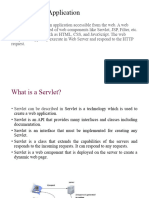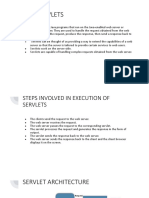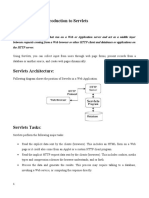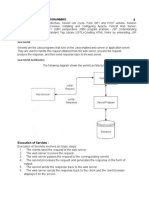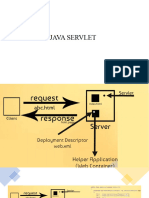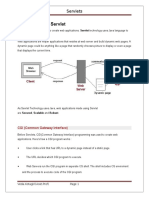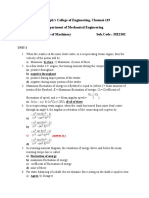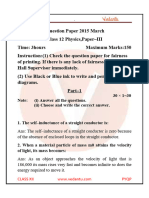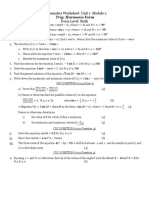0% found this document useful (0 votes)
21 views34 pagesUnit-5
The document provides an overview of web applications, focusing on components like Servlets and CGI, which are essential for creating dynamic web pages. It details the architecture of web applications, the lifecycle of Servlets, session management, and the use of cookies for tracking user sessions. Additionally, it covers database access using JDBC, request handling, and user authentication processes in Java Servlets.
Uploaded by
me RAGNORKE ytCopyright
© © All Rights Reserved
We take content rights seriously. If you suspect this is your content, claim it here.
Available Formats
Download as PDF, TXT or read online on Scribd
0% found this document useful (0 votes)
21 views34 pagesUnit-5
The document provides an overview of web applications, focusing on components like Servlets and CGI, which are essential for creating dynamic web pages. It details the architecture of web applications, the lifecycle of Servlets, session management, and the use of cookies for tracking user sessions. Additionally, it covers database access using JDBC, request handling, and user authentication processes in Java Servlets.
Uploaded by
me RAGNORKE ytCopyright
© © All Rights Reserved
We take content rights seriously. If you suspect this is your content, claim it here.
Available Formats
Download as PDF, TXT or read online on Scribd
/ 34

